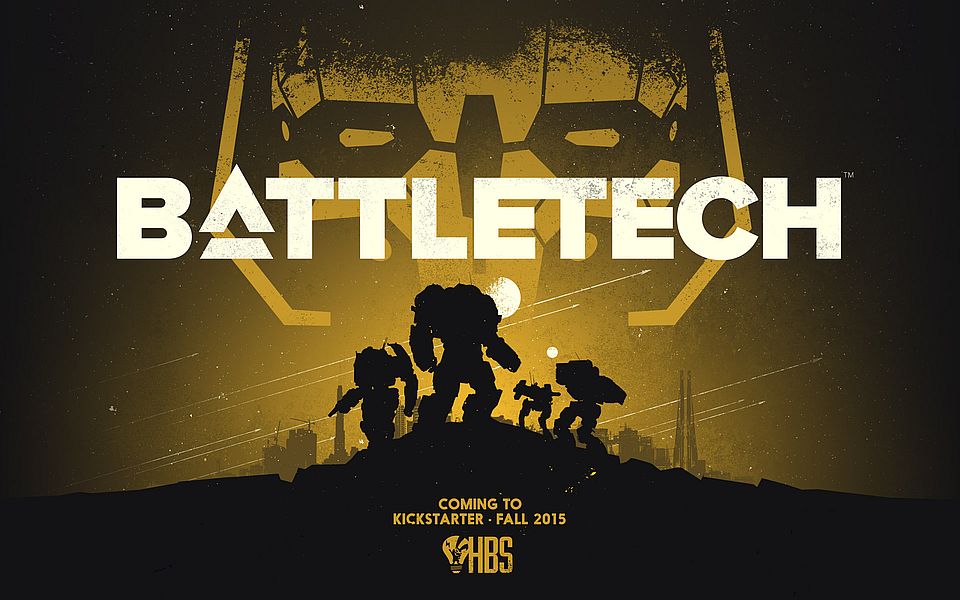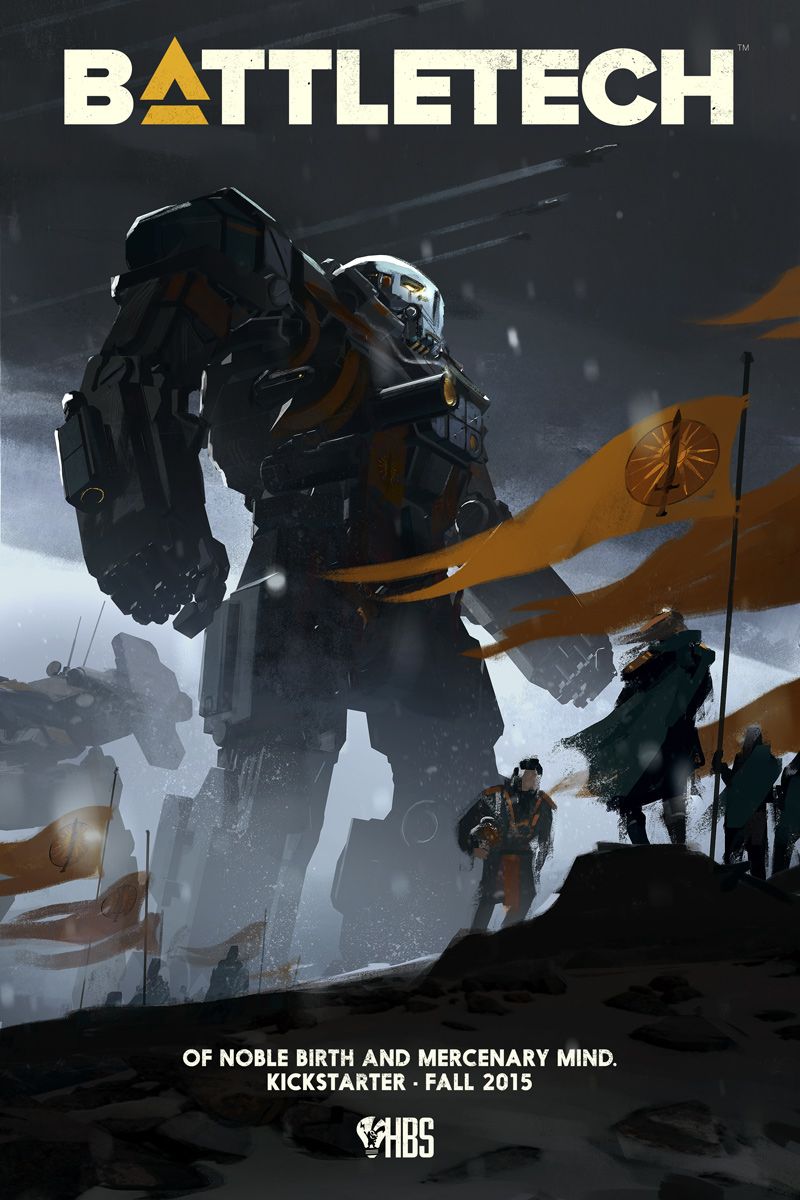Earlier this year, many companies didn’t know how the social app Snapchat would pan out. The team introduced a new advertising system back in January that left some brands wondering if the investment was worth it – after all, $750,000 per day is a lot to ask for advertisements that aren’t as permanent as on other sites. However, despite some hesitation, Snapchat has done quite well for itself, not only getting new partners on board with content for the app, but still maintaining a strong audience. There are many factors that contributed to its success.
First of all, Snapchat made a change in the design of its application so that content would be easier to see. With the launch of the Discover feature earlier this year, users actually had to manually swipe twice to get this content, resulting in a nearly 50 percent drop-off in traffic just three months after the launch.
However, Snapchat’s change made it easier for these channels to be seen, via the Stories tab, so users wouldn’t have to continuously swipe to get to the content.
This change has brought success, according to a report from Digiday. A Snapchat representative reported that, with the design change, 50 million visitors have checked out the Discover section, with the team being “very happy with the engagement”.
While exact view numbers haven’t been revealed (the company has been stagnant in reporting these numbers), one anonymous source has stated, “Our views have doubled.”
“Obviously a more prominent placement leads to more traffic,” said publisher Jon Steinberg, the North American CEO of Daily Mail. He, amongst other publishers, is “thrilled” with these changes.
Secondly, Snapchat has seen an increase in partners willing to advertise on its app. These include Buzzfeed and Vox, who came on board shortly after its redesign made its Discovery service easier to use. However, it’s dependent on what kind of content these partners produce, according to Re/code‘s Kurt Wager and Peter Kafka. “Publishers make more money if they bring in advertisers for their channel. In other words, it pays to spend time and effort on the content.”
iHeartRadio is also a prominent partner with the Discover service, after both Yahoo and Warner Music dropped out. “Since launching Discover with Yahoo and Warner Music six months ago, the teams have been continuously experimenting and learning what type of content works best,” said a Snapchat rep, speaking with Variety. “Although we have new partners joining Discover today, we continue to look at different ways we can work with Yahoo and (WMG) on Snapchat in the future.”
With Buzzfeed and iHeartRadio on board, more diverse content and stories will be coming to Discover, which in turn should increase the app’s numbers overall.
Thirdly, Snapchat has made more effort in “capturing the moment” at key events, as detailed by the L.A. Times. Concert-goers at the Coachella music festival last weekend managed to rock out live, but Snapchat users also got to take part thanks to video snippets uploaded to the app. Even though they didn’t run longer than ten seconds, they gave fans an idea of what the music event was all about.
Advertisers have also picked up tremendously when it comes to video, including Universal Pictures and Coca-Cola, among others. “You have a TV-sized audience all viewing at once, or at least within a day,” said Michael Boland, chief analyst for BIA/Kelsey, regarding Snapchat’s video outreach. “Brand advertisers really like that.”
Even though some may be balking at the requested price for advertising, there’s more than enough business going around to keep Snapchat’s investors pleased. “I see what Snapchat is doing around Stories and Discover, and I feel it’s safe to assume that Snapchat will become a viable platform for video advertising,” said Jared Lake, director of digital strategy for Ocean Media. “They have some refining to do, but I would be shocked if they didn’t get there soon.”
Snapchat isn’t just about corporate focus, though – more personal moments make the app a worthwhile download for fans, like when Jaime Bonventre uploaded a six-second video of a worker pushing a goal cage off the ice following the New York Islanders’ final regular season game at Nassau Coliseum. That clip managed to get 3.6 million views. “It was just insane,” said Bonventre, who also serves as a social media producer for News 12 Networks in Long Island.
In fact, she became even more of a fan following that video’s success. “Like Coachella, those were awesome,” she said, discussing the daily compilations around various cities and events. “It made me wish I was there.”
Stories really go a long way for Snapchat, sponsored or no, as it enables users to get more of a personal experience from the app. “The experience is through the lens of the community, and that human perspective is pretty unique and exciting,” said Mary Ritti, a Snapchat spokeswoman.
More details on the Stories section can be found here.
So, to sum up, yes, Snapchat has seen its fair share of bumps and bruises in an effort to reach out to its growing audience. But between the expansion of its Discover and Stories section, and more creative content coming from partners and advertisers alike, there’s no question it’s picking up steam – and could become an even bigger social app in the years to come.




